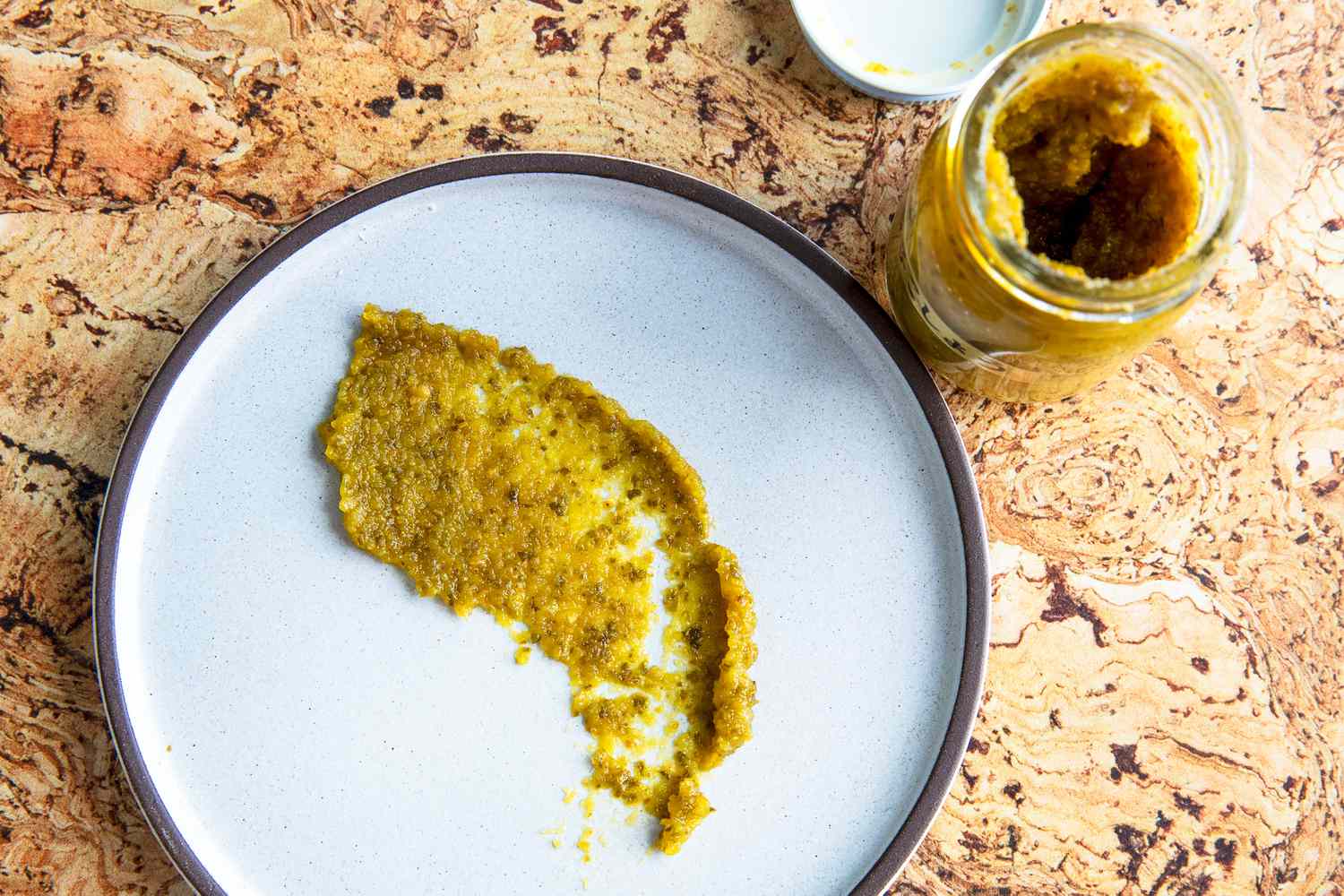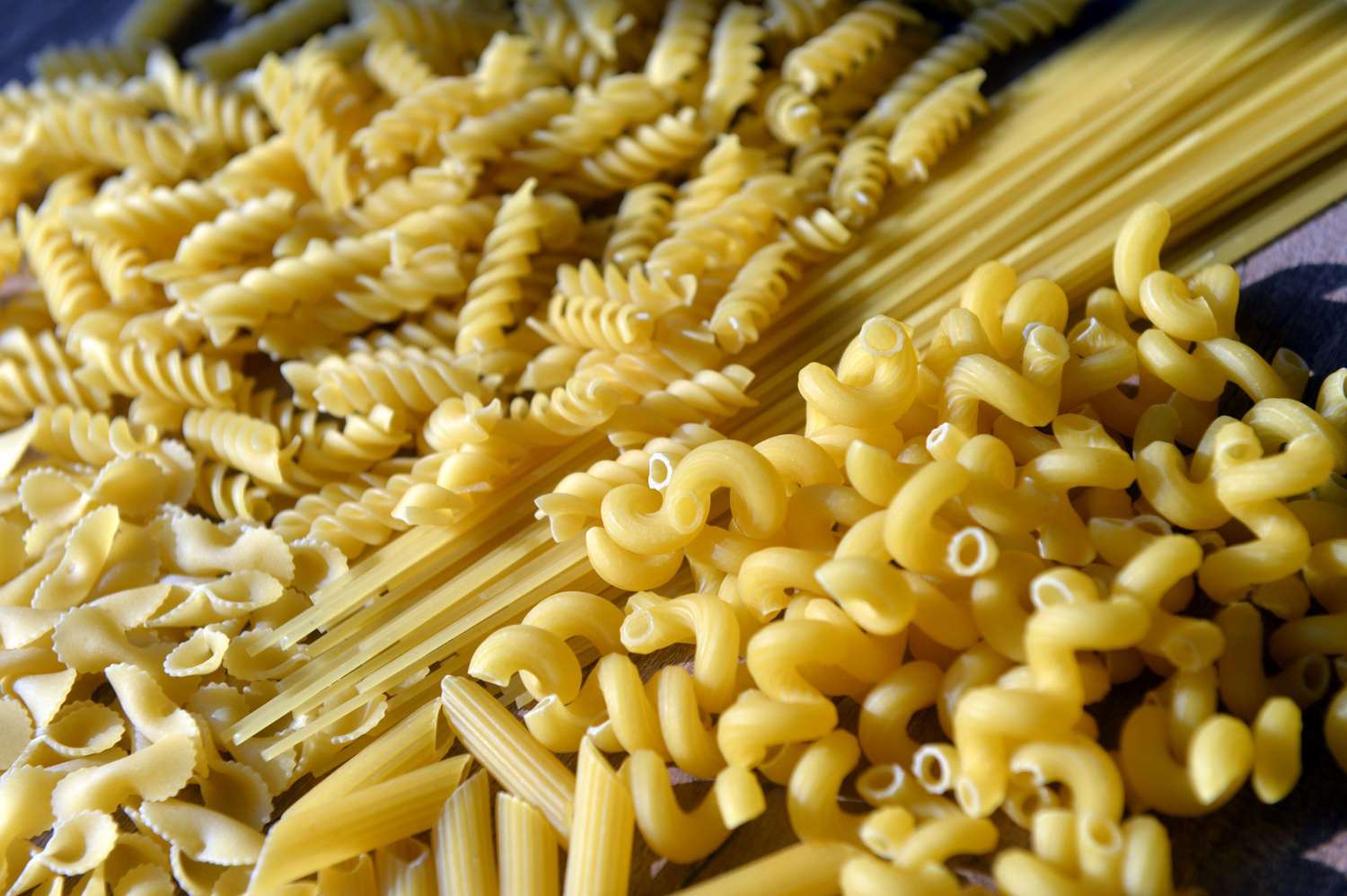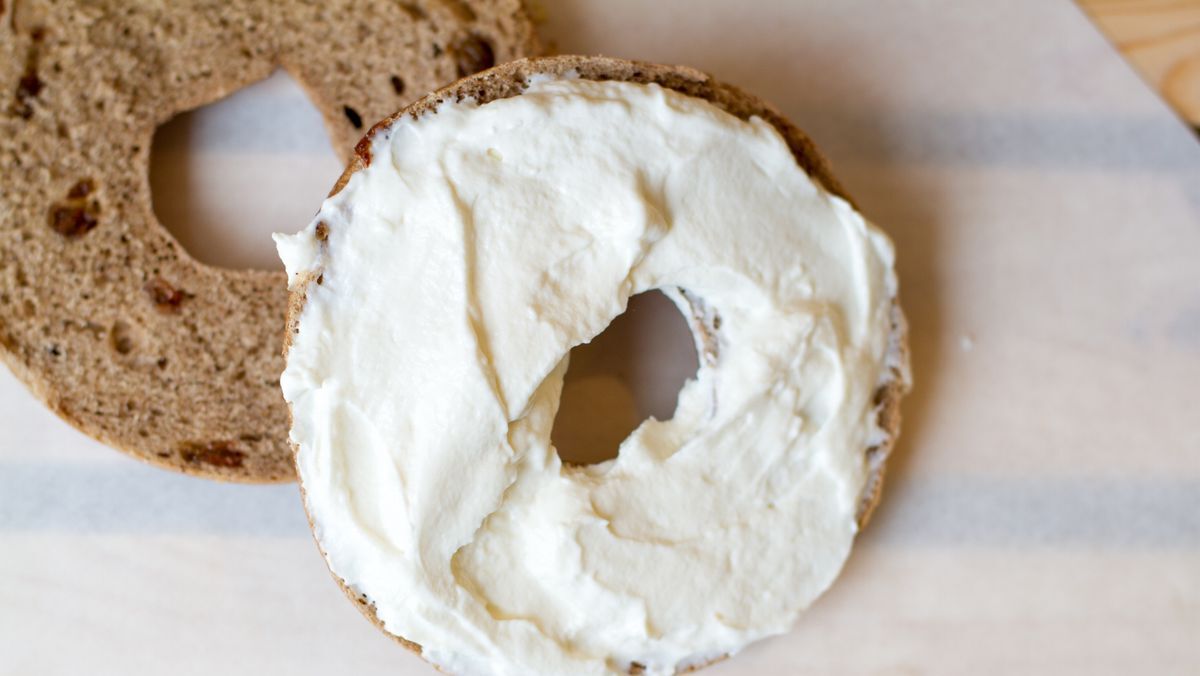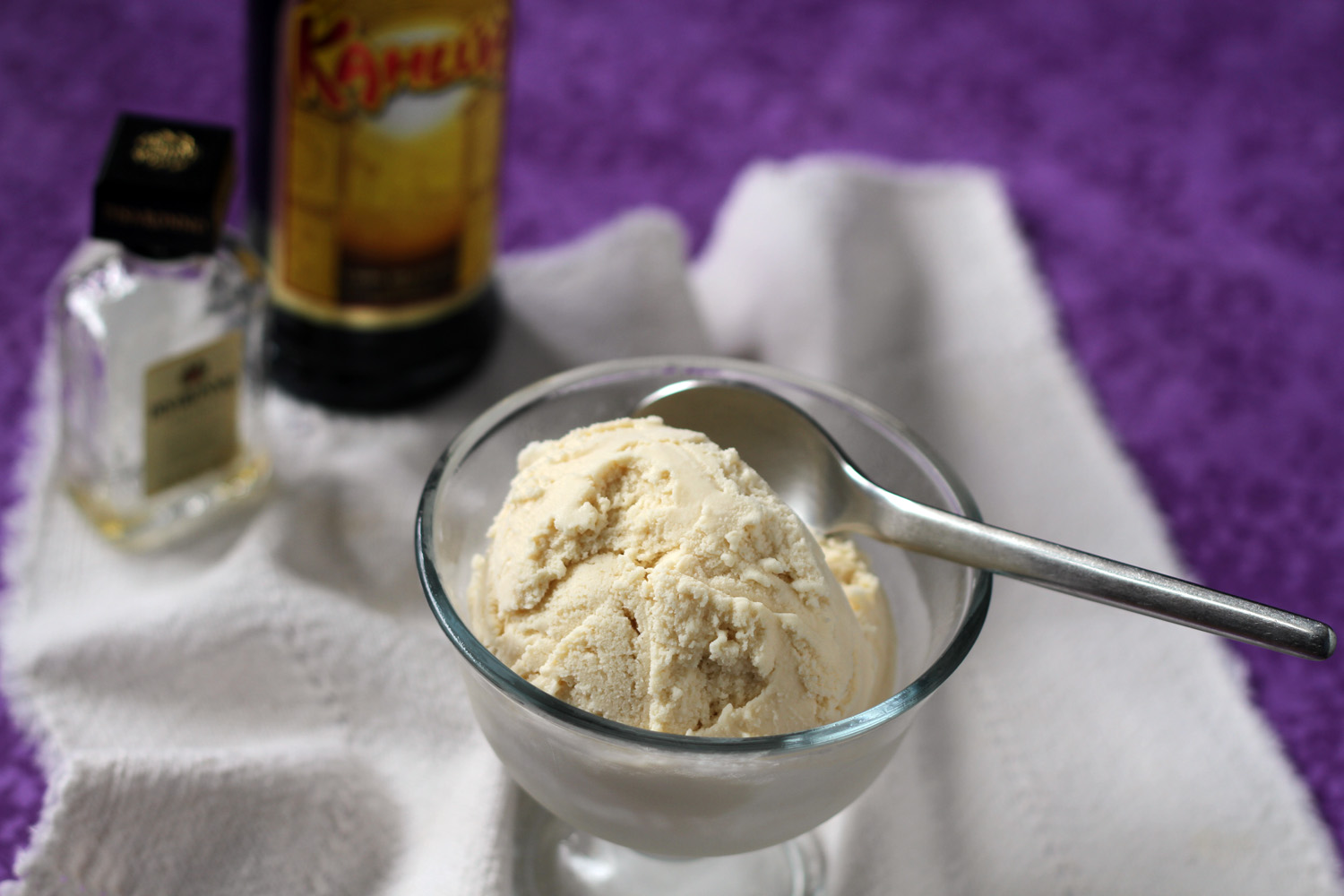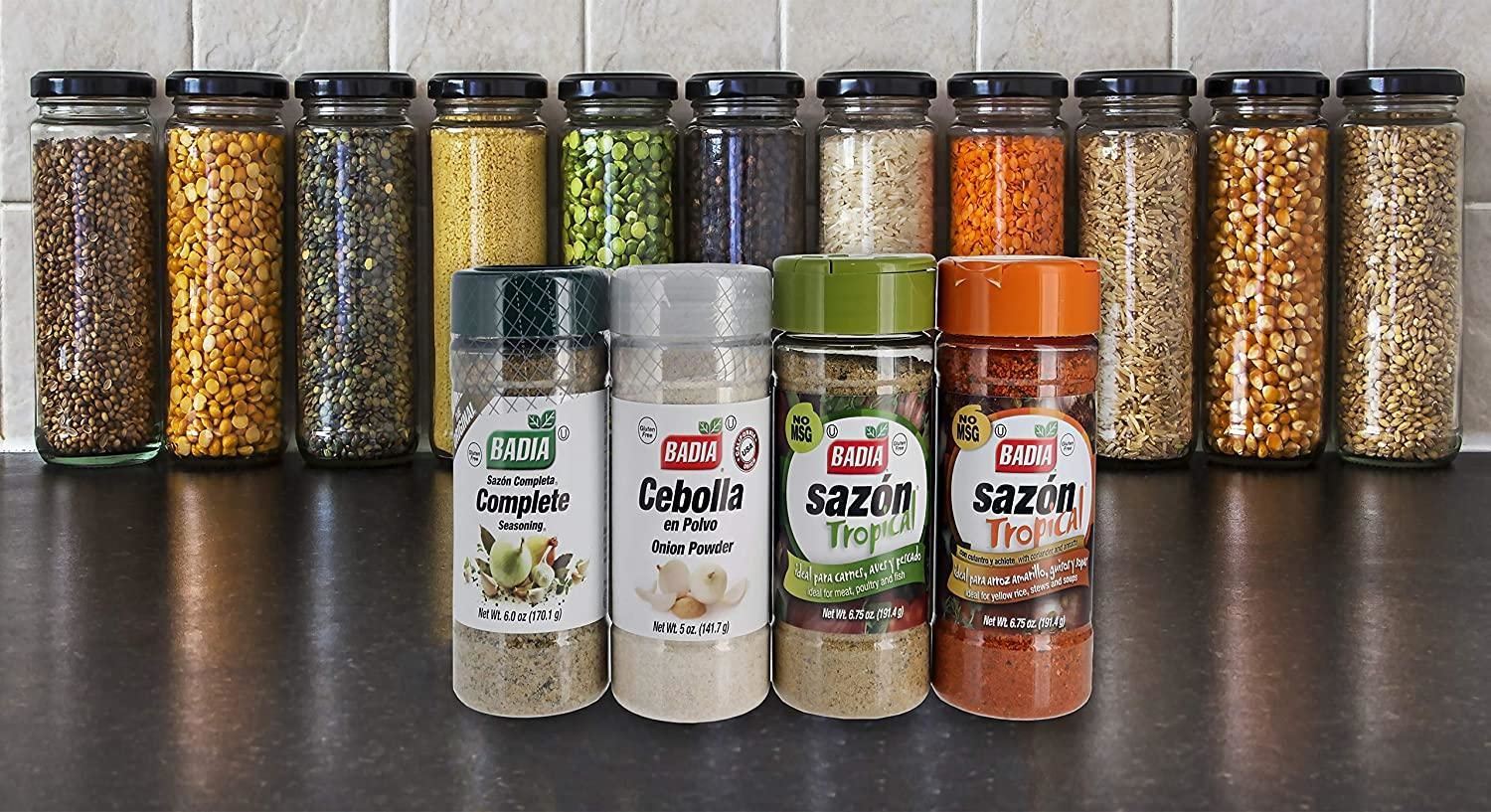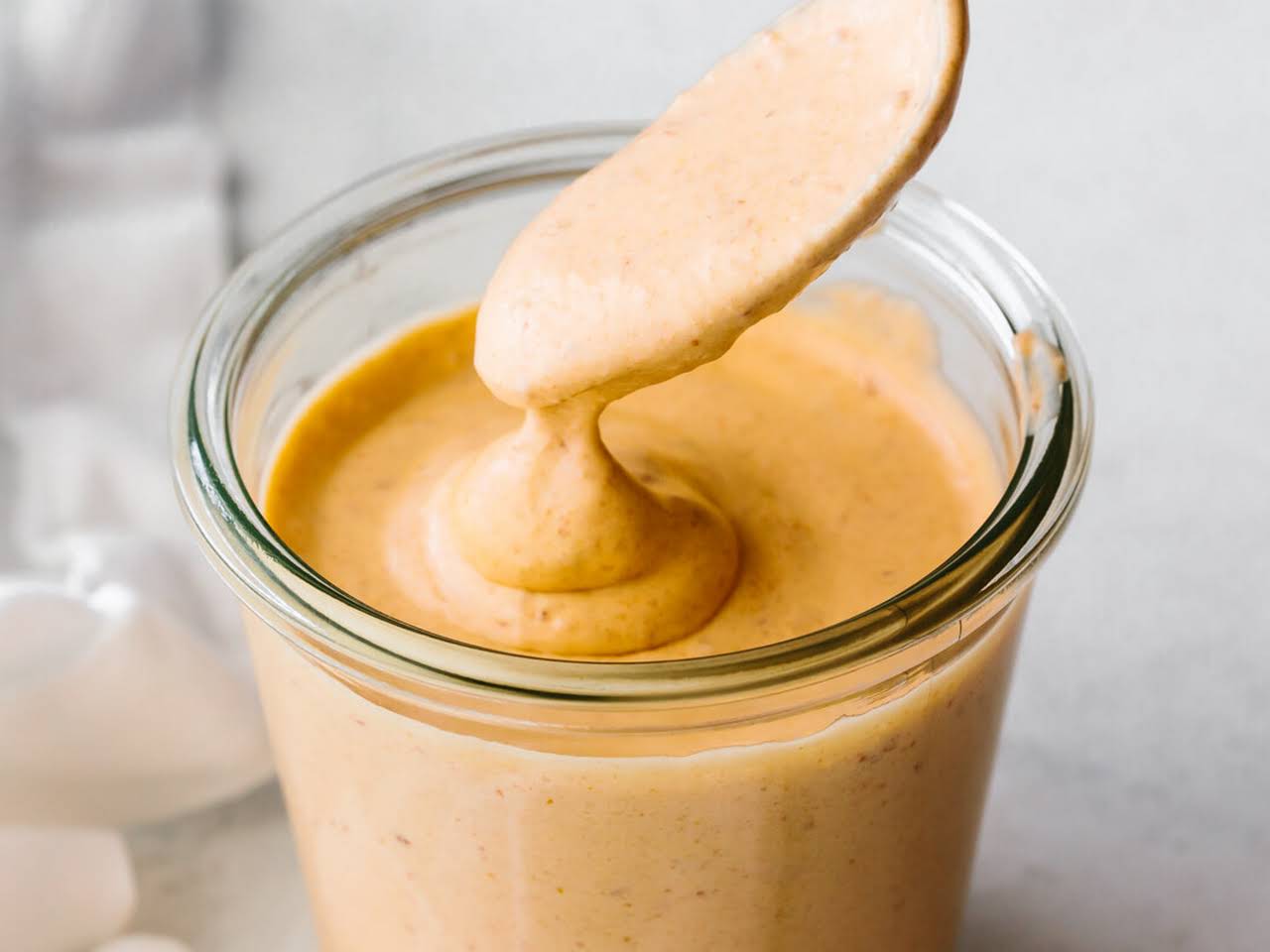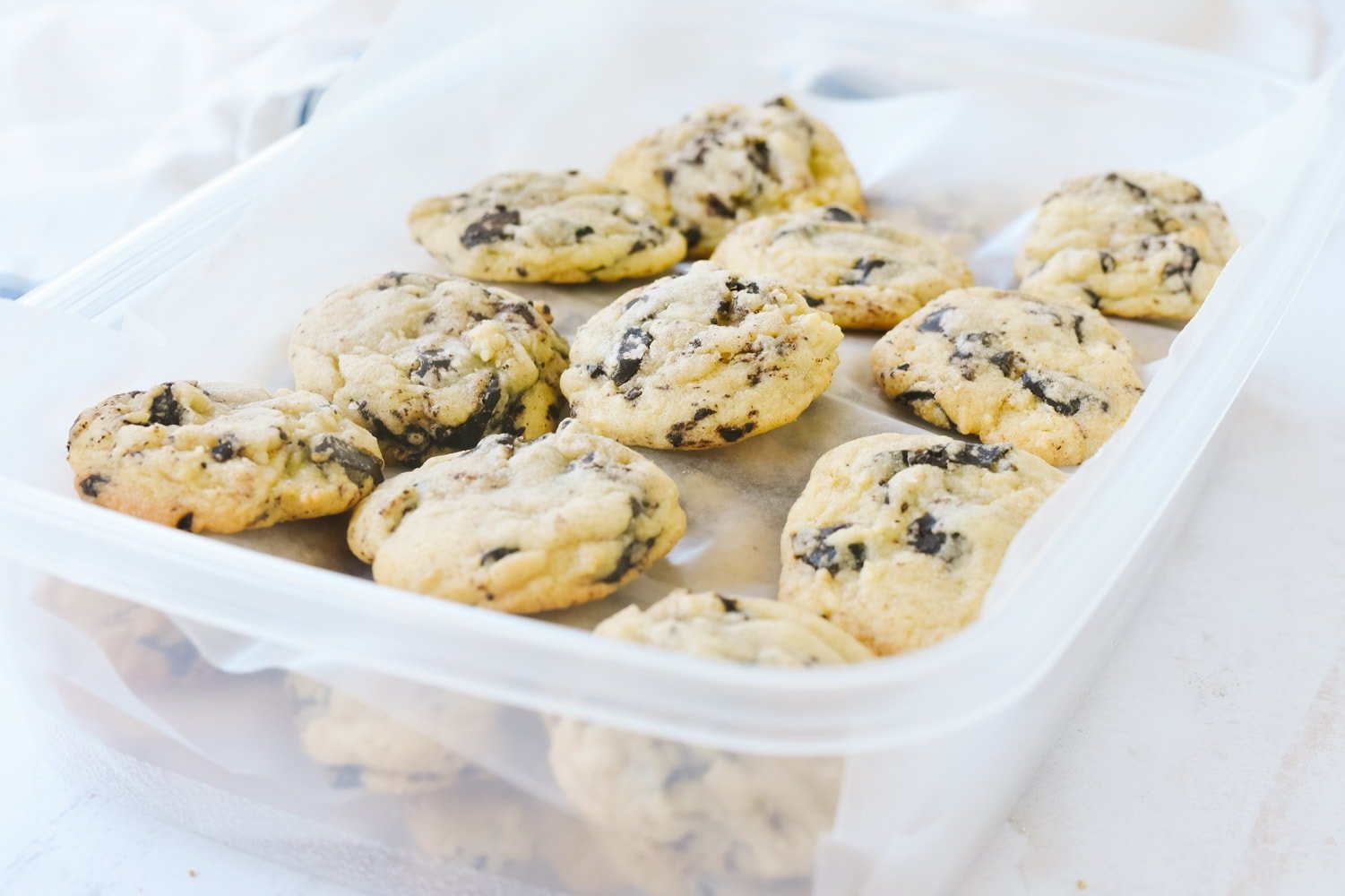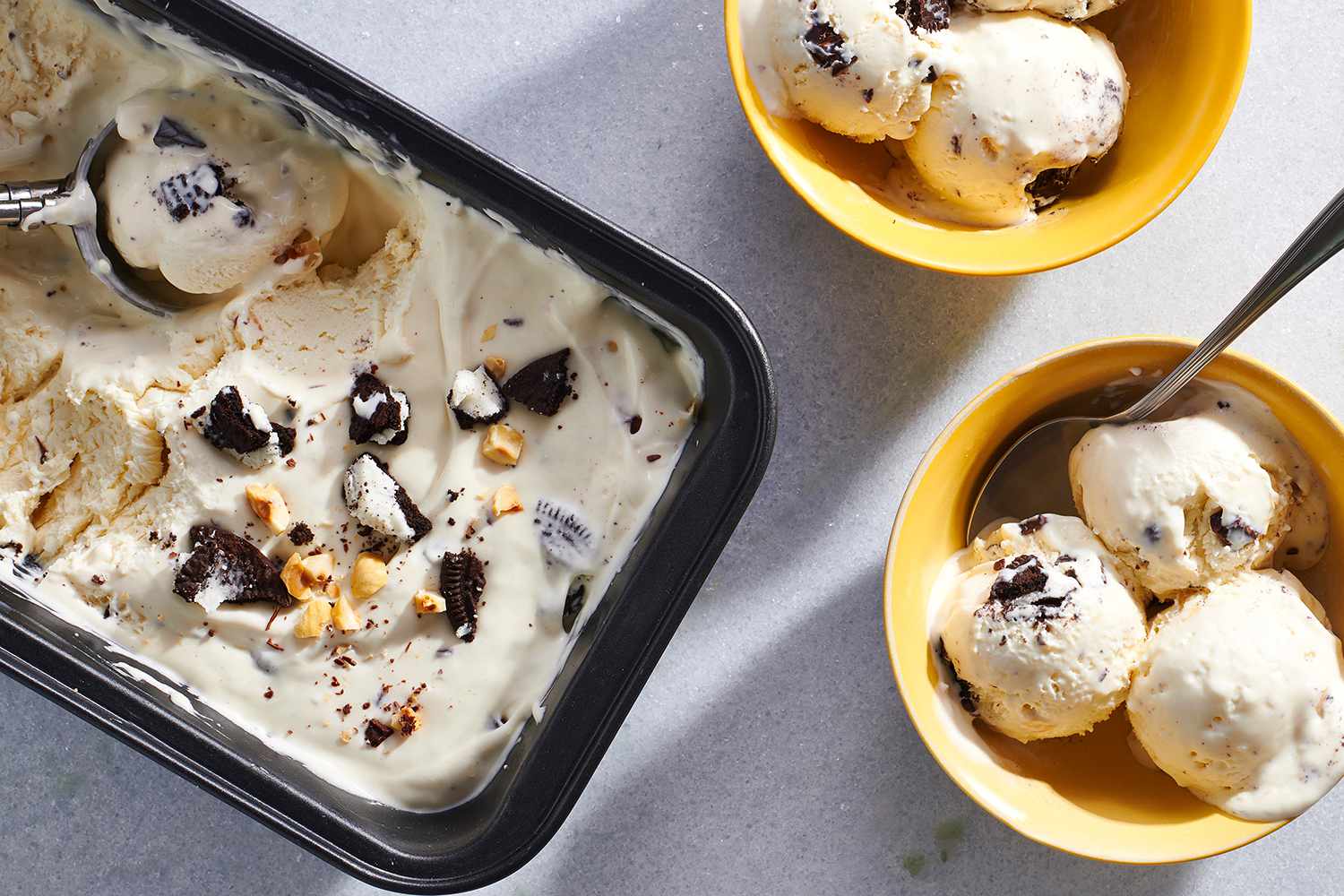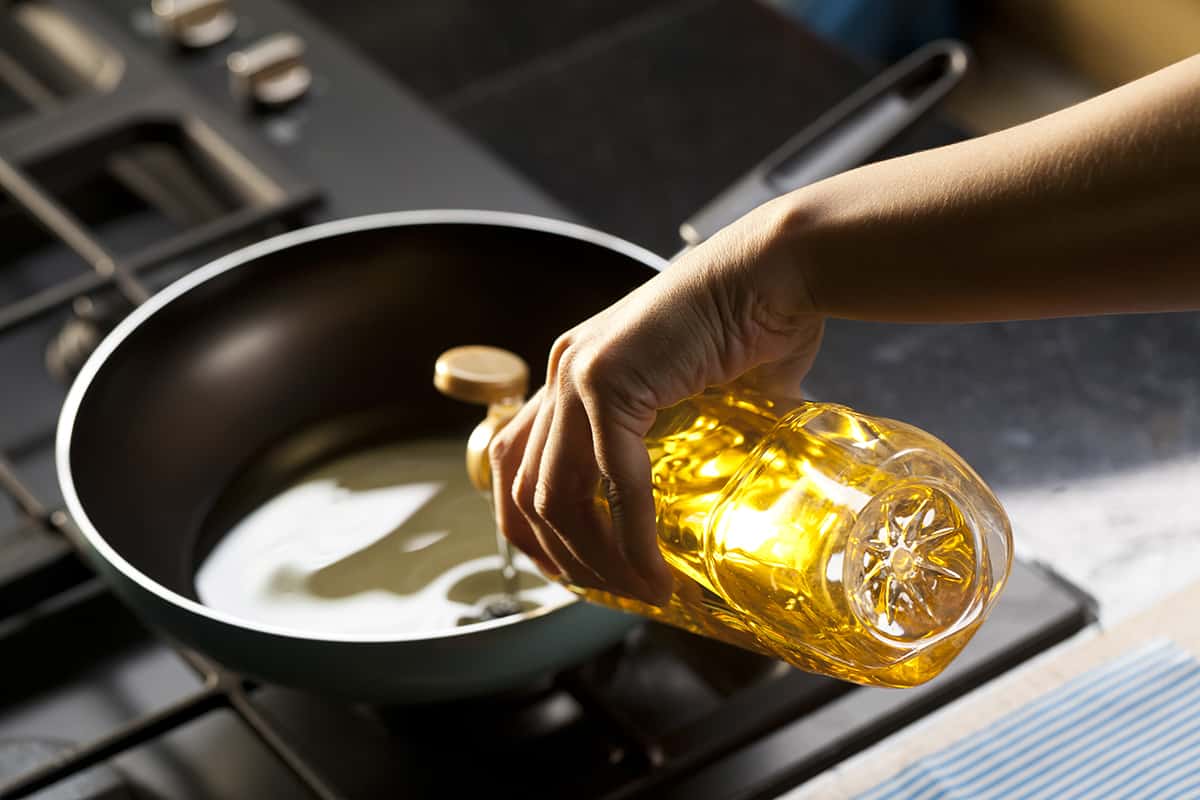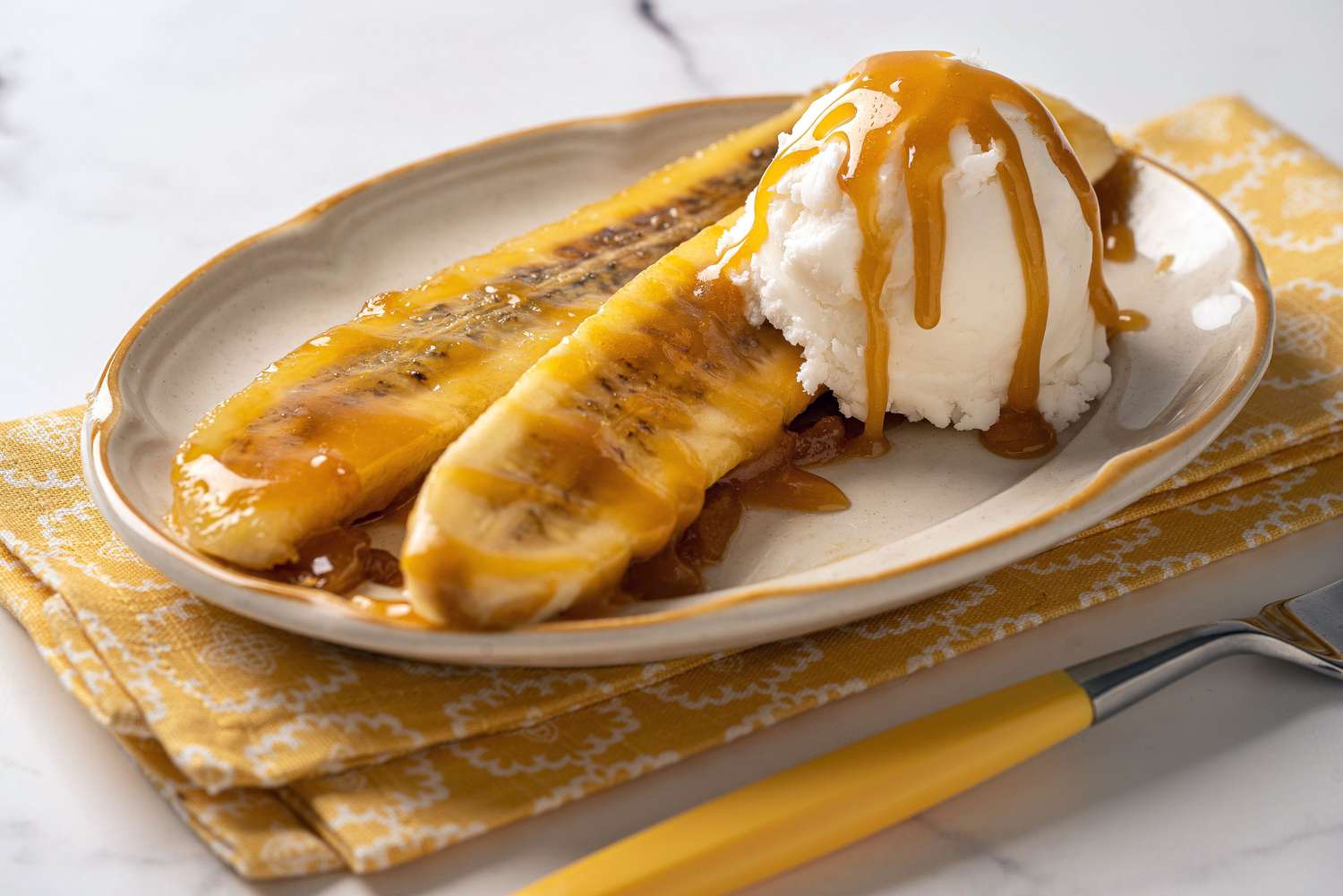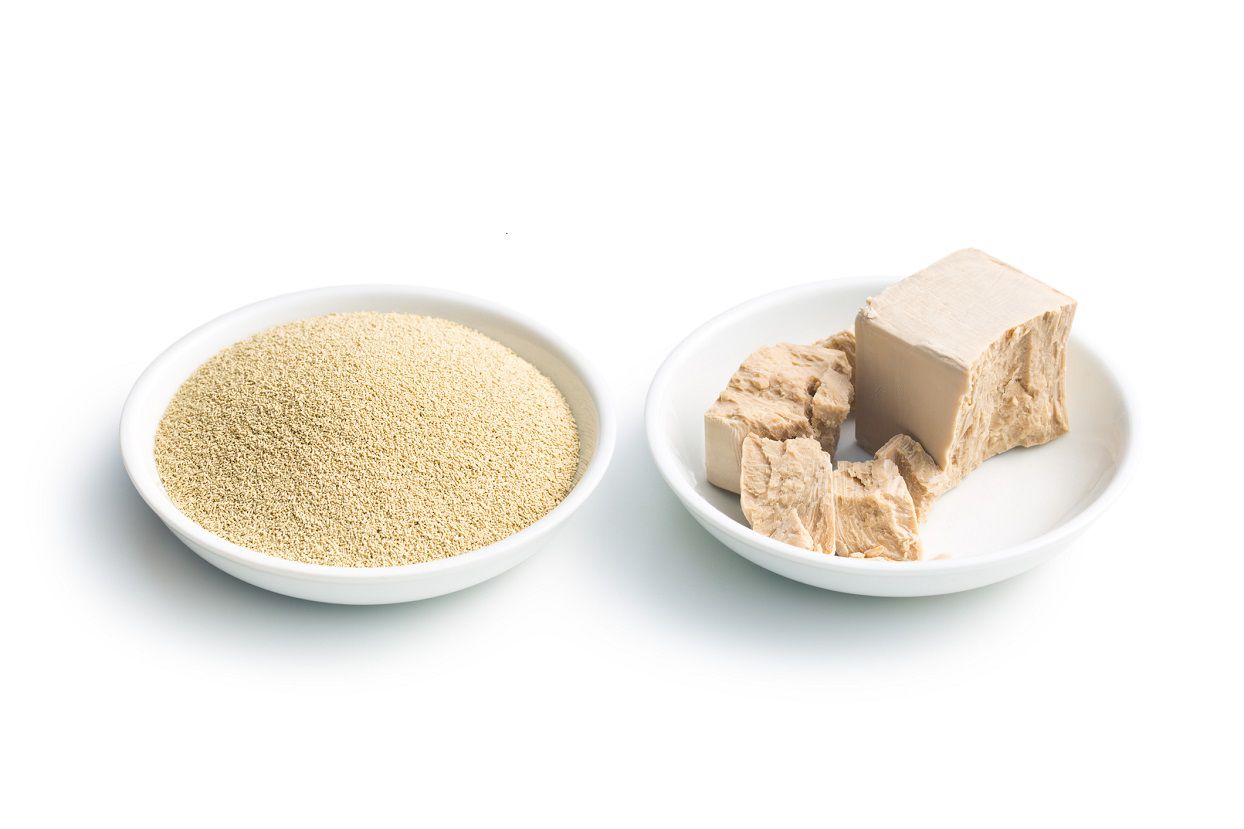When it comes to breakfast or a quick snack, bagels and bialys are two popular choices. While they may look similar at first glance, there are some key differences between the two. Let's take a closer look at what sets these two delicious baked goods apart.
Bialy:
A bialy is a traditional Polish bread product that is similar in appearance to a bagel but has a few distinct characteristics. Here are some key features of a bialy:
- Origin: The bialy originated in Bialystok, Poland, and it is a staple in Jewish cuisine.
- Shape: Unlike a bagel, a bialy is not boiled before baking. It is typically flatter and has a depression in the center, which is filled with a mixture of onions and sometimes poppy seeds.
- Texture: The texture of a bialy is softer and less chewy compared to a bagel. It has a lighter, more airy crumb.
- Flavor: Bialys have a subtle onion flavor due to the onion filling in the center. This adds a savory element to the bread.
Bagel:
Bagels are a beloved breakfast item that has gained popularity around the world. Here are some key characteristics of a bagel:
- Origin: Bagels have roots in Jewish communities in Poland and have become a staple in many cultures.
- Preparation: Unlike bialys, bagels are boiled before they are baked. This process gives them their signature chewy texture and shiny crust.
- Variety: Bagels come in a wide range of flavors, including plain, sesame, poppy seed, cinnamon raisin, and more. They can be enjoyed with various toppings and spreads.
- Versatility: Bagels are often used to make sandwiches and are a popular choice for breakfast or brunch.
Key Differences:
Now that we've explored the characteristics of bialys and bagels, let's summarize the key differences between the two:
- Preparation: Bialys are not boiled before baking, while bagels undergo a boiling process.
- Texture: Bialys have a softer, lighter texture, while bagels are known for their chewy consistency.
- Flavor: Bialys have a subtle onion flavor, while bagels come in a variety of flavors and can be paired with sweet or savory toppings.
How to Enjoy Them:
Both bialys and bagels can be enjoyed in a variety of ways. Here are some popular serving suggestions for each:
Bialy:
- Enjoy a bialy toasted with a spread of cream cheese for a simple and delicious snack.
- Use a bialy as a base for a breakfast sandwich, adding eggs, cheese, and your favorite breakfast meats.
Bagel:
- Spread cream cheese, butter, or jam on a toasted bagel for a classic breakfast treat.
- Create a savory bagel sandwich with smoked salmon, cream cheese, red onion, and capers.
In conclusion, while bialys and bagels may share some similarities in appearance, their preparation, texture, and flavor set them apart. Whether you prefer the soft, onion-filled center of a bialy or the chewy, versatile nature of a bagel, both of these baked goods offer delicious options for breakfast or a quick bite any time of day.
Was this page helpful?
Read Next: What Is A Condensed Milk Substitute
